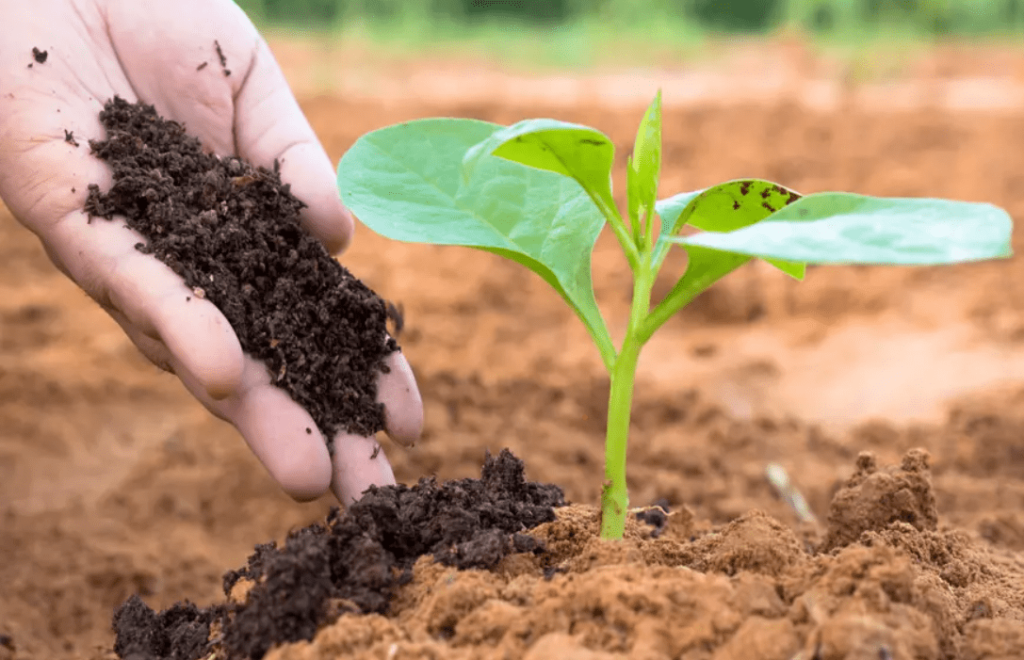Not everyone has a maturing thumb, but that shouldn’t prevent you from attempting gardening. with these 9 easy Gardening tricks for Beginner gardeners, You’ll be a farmer with great potential in no time
Fresh vegetables, herbs, fruits, and flowers create a cool garden and can encourage you to eat fresh on a budget.
However, if you’re a new landscaper, there are a bunch of stuff you need to understand before you garden.
credits: Taylor Rock and Cheryl
know what you can grow
great gardeners begin with identifying which crops are practical where they are.
The USDA’s plant hardiness zone map shows the 11 several climate zones in the USA measured by the common yearly absolute minimum temperature.
Seed packaging and plant descriptions will notify you of what thrives strongly in your space.
so here are 9 easy Gardening tricks for Beginner gardeners
9 Know where you grow
Identifying what you desire to grow will assist you chose where in your yard is the most suitable place for a garden. Some plants fancy direct sunlight, while others favor shade. Review your plant packaging for this data.
8 Examine your soil
To know if your soil is good enough to raise plants, mail a sample to the lab, or use an at-home kit to regulate the pH level of your land. Various fruits and vegetables can stand varying pH levels.
except for eggplant, melons and potatoes anywhere from 6.5 to 7 will be good.
also, its important to examine for these three nutrients: nitrogen, potassium and phosphorus. If your test yields bad outcomes, you’ll have to take some time to improve the deficiencies.
7 raised beds
when you are fresh to gardening, you need to establish yourself up for success, and a raised garden bed remains the most reliable method to do that, indeed it might take extra expenses upfront.
however, You will possess more authority over the soil in a raised garden bed as well as easier weed and insect control. for beginners, it’s important to start with raised beds in your garden
They are really effective when it comes to grouping plants according to their demands. In raised beds, you can produce several sets of plants, all arranged in separate patches.”
6 Map your garden
since you know what kind of soil you have, what kind of plants you can get, and where you are going to install your fresh garden, give some time mapping it out before you dig the ground. This will advise you to double-check that you are using your space properly.
5 Get your gear
Without the proper tools or any at all, it will get messy for you soon. Some of the recommended essentials are breathable water-resistant gloves, pruners, loppers, a garden fork, a hand trowel, a spade, a rake, a hoe, a hose with an adjustable nozzle, a watering wand or watering can and a wheelbarrow.
4 Use seed starter kits
A simple promised way of getting your plant to germinate is by employing a seed starter kit. These single- or multiple-use trays give excellent qualifications for your crop to sprout. This enables you to create the growing means inside when it’s too early to plant outdoor, moreover, later put it in the ground when it’s good enough.
3 Start small
your plants demand time and commitment. It’s easy to get lost away with the thrill of growing it all below the sun, but it’s most beneficial to start little so you can care for each specific plant the best way possible
2 Label your garden plants
you might only have planted a couple of types of seeds, it’s a great approach to name what it is and where you located it because everyone tends to forget.
1 Don’t get your plants too close
Similar to humans, your plants have their own space bubbles. They require some space to develop correctly, also, if extra crops are too tight they can stunt maturity and developed diseases, except if they’re companion plants.
Mix it up
if it’s not necessary to limit yourself to just planting legumes or just herbs. you can mix it up when it comes to your plants. be free and grow those herbs in your vegetable garden. you can find some plants that are natural companions and do not significantly yield the same crop.

